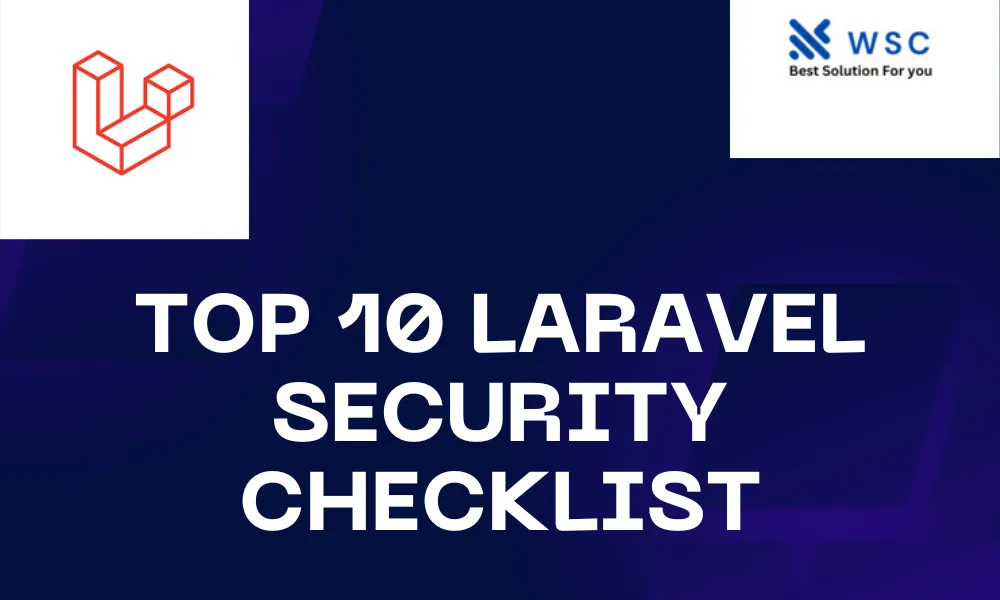Laravel, one of the most popular PHP frameworks, is renowned for its elegant syntax and developer-friendly features. However, ensuring the security of your Laravel applications is paramount to safeguard against potential threats. In this article, we’ll delve into the top 10 Laravel security checklist / practices for 2024, providing practical code snippets and explanations in easy-to-understand English.
1. Use the Latest Laravel Version:
Always keep your Laravel framework up-to-date. New releases often include security patches and enhancements. In your composer.json file, update Laravel using the following command:
composer update laravel/laravel
2. SSL Configuration:
Secure your communication with the server by configuring SSL. In your .env file, ensure that the APP_URL is using https:
APP_URL=https://yourapp.com
Additionally, make sure your server is configured to handle SSL.
3. Cross-Site Scripting (XSS) Protection:
Escape output in your Blade templates to prevent XSS attacks. Use the {{ }} syntax or the @{{ }} directive to display raw content safely:
<p>{{ $userInput }}</p>
4. Cross-Site Request Forgery (CSRF) Protection:
Laravel automatically includes CSRF tokens to protect against CSRF attacks. Ensure that your forms include the @csrf directive:
<form method="POST" action="/submit">
@csrf
<!-- Your form fields here -->
</form>
5. SQL Injection Prevention:
Use Laravel’s Eloquent ORM or parameterized queries to mitigate SQL injection risks:
// Eloquent Query
$users = User::where('name', '=', $name)->get();
// Parameterized Query
DB::select('SELECT * FROM users WHERE name = ?', [$name]);
6. Authentication Best Practices:
Enhance password security by using Laravel’s built-in features. Ensure strong passwords and enable multi-factor authentication (MFA) for an extra layer of security:
// Strong password validation
'password' => ['required', 'string', 'confirmed', Password::min(8)->uncompromised()],
// Enable MFA
use Illuminate\Support\Facades\Auth;
Auth::user()->enableTwoFactorAuth();
7. Session Security:
Encrypt your session data to protect sensitive information. In your config/session.php file, set the encrypt option to true:
'secure' => env('SESSION_SECURE_COOKIE', true),
8. Content Security Policy (CSP):
Implement CSP headers to restrict the sources from which your application can load content. Add the following middleware to your app/Http/Kernel.php:
protected $middleware = [
// ...
\App\Http\Middleware\AddContentSecurityPolicy::class,
];
9. File Upload Security:
Validate and sanitize file uploads to prevent malicious content. Use Laravel’s validation rules and ensure files are stored outside the web root:
$request->validate([
'file' => 'required|file|mimes:pdf,docx|max:10240',
]);
$path = $request->file('file')->storeAs('uploads', $fileName);
10. Regular Security Audits:
Regularly audit your application for security vulnerabilities. Utilize Laravel security packages like laravel/fortify and tools like Laravel Telescope for monitoring and debugging.
By following these Laravel security best practices, you’ll significantly enhance the robustness of your web applications and protect against potential threats in 2024 and beyond. Stay secure, and happy coding!
- Check our tools small Tools
- Check our tools website Word count




